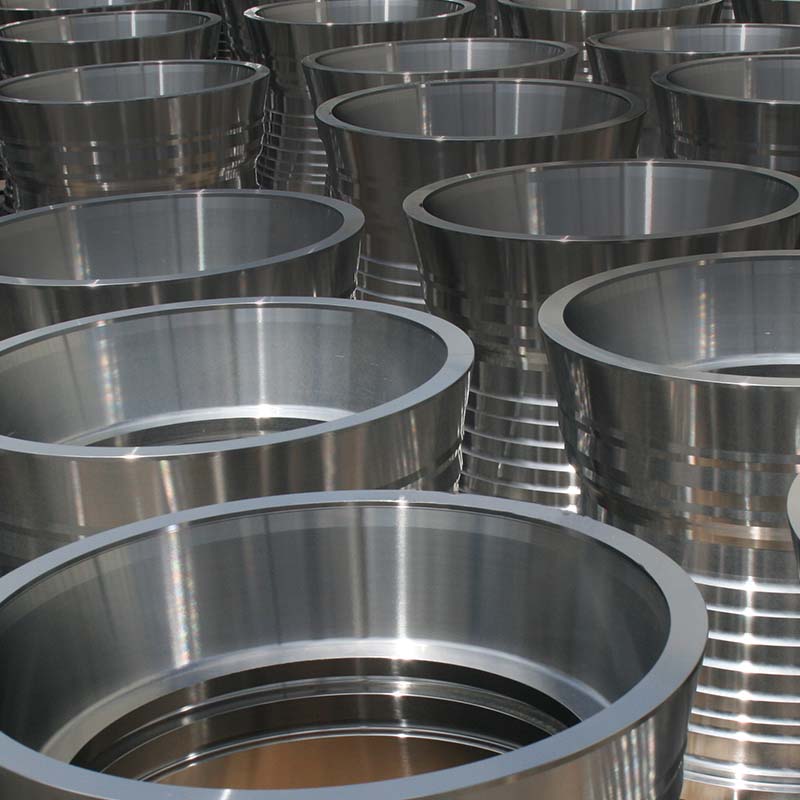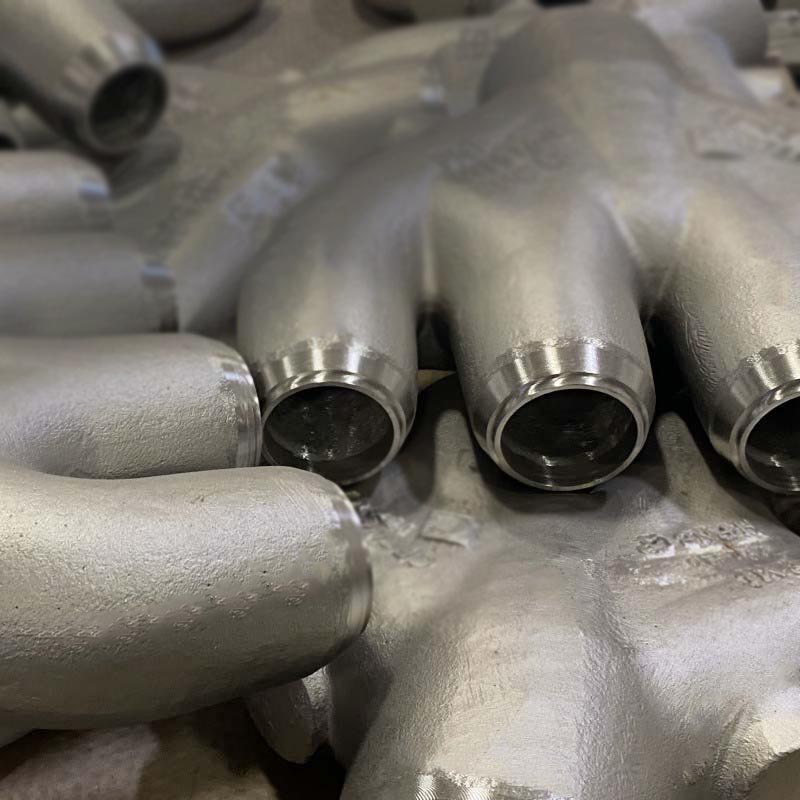Overview
CD4MCuN, also known as 1B, is a high-performance duplex stainless steel specifically formulated for demanding applications where both strength and corrosion resistance are paramount. This alloy boasts nearly twice the strength of common stainless steels, making it suitable for challenging environments where structural integrity is critical. Its duplex microstructure, a combination of austenite and ferrite phases, contributes to its enhanced mechanical properties and corrosion resistance. With a chromium content of up to 26.5%, CD4MCuN exhibits exceptional resistance to various forms of corrosion, particularly in seawater and other harsh environments. This combination of high strength and superior corrosion resistance makes CD4MCuN a valuable choice for applications where components must withstand both mechanical stress and aggressive corrosive attack.
Typical Uses
Centrifuge and dewatering equipment, couplings, heat exchangers, offshore piping systems, paper rolls, pulp digesters, pump and valve components, pressure vessels.
MetalTek Designation
MTEK 29MN
Poured At:
Carondelet Division, Sandusky International Division, Wisconsin Centrifugal Division, Wisconsin Investcast Division
Similar Specifications
Cast UNS: J93372
Cast Grade: CD4MCuN, 1B
Cast ASTM: A890, A995
Typical Chemical Composition (% by wt.)
Aluminum: n/a
Carbon: 0.04
Chromium: 24.5-26.5
Manganese: 1
Iron: n/a
Copper: 2.7-3.3
Nickel: 4.7-6.0
Lead: n/a
Tin: n/a
Silicon: 1
Zinc: n/a
Other: Mo 1.70-2.30; N 0.10-0.25
Minimum Mechanical Properties
Heat Treatment: Solution Anneal
Frequently Asked Questions
Duplex stainless steel contains a balanced mix of austenitic and ferritic phases, offering high strength, good corrosion resistance, and better stress corrosion resistance than standard austenitic grades.
Super duplex stainless steel contains a higher percentage of chromium, molybdenum, and nitrogen than standard duplex steel, offering enhanced strength and corrosion resistance.
Super duplex stainless steel offers higher levels of chromium, molybdenum, and nitrogen, leading to enhanced strength and corrosion resistance compared to standard duplex grades. Super duplex is generally preferred in extreme environments.
Duplex stainless steels are highly resistant to rust and other forms of corrosion, although they can be susceptible in highly acidic or chloride-rich environments without proper maintenance.
Commonly used in chemical processing, marine environments, oil and gas, desalination plants, medical devices, and food processing equipment.
They offer superior strength, excellent resistance to stress corrosion cracking, and better weldability compared to many austenitic steels.
Duplex steels offer higher strength and better chloride stress corrosion resistance but lower ductility than austenitic stainless steels.
Industries such as offshore oil and gas, chemical processing, marine engineering, and desalination rely on super duplex stainless steel for its corrosion performance.



